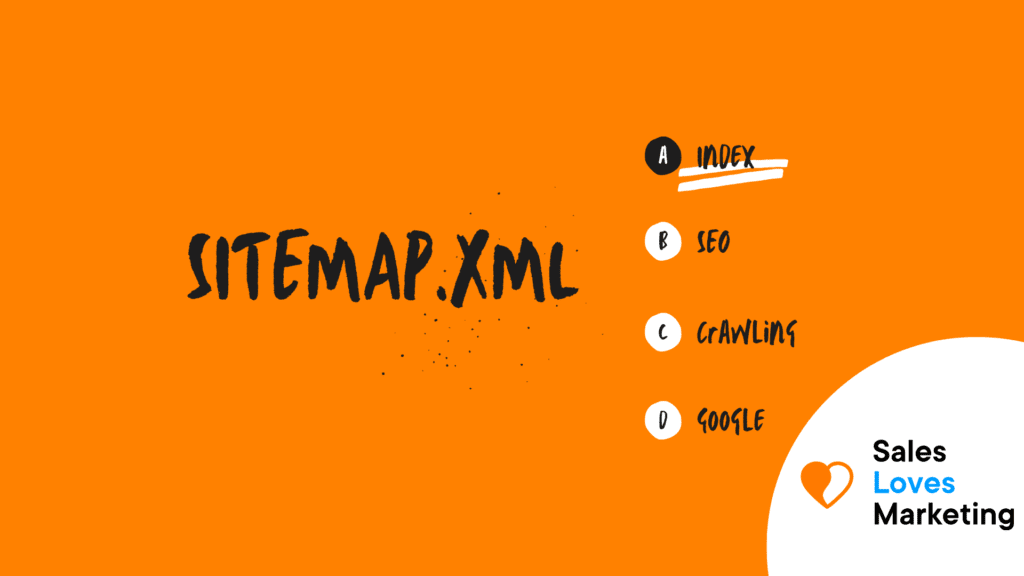What Is An XML Sitemap?
It is a file on a website that contains a list of the most important URLs or pages on that website that you want search engines to crawl and index. It indicates the structure of the website. That is why it is known as a site map.
How Does An XML Sitemap Work?
Search engine bots crawl, organize, and index information on the web; they can read all kinds of information. An XML sitemap not only helps the bot examine the information of a website and index it, but it also serves as a kind of table of contents for the website, which allows the bot to capture the essentials and then index the site Web.
Once this is done, a website gains more chances to increase its ranking and more quickly.
There are more things that a sitemap can do, they tell search engines when a page is updated, how often a page is updated, the category and importance of each page within a website, and where and how to find and index the information in the most internal parts of a website.
Why Are Sitemaps Important, What Are Their Benefits?
Sitemaps are crucial for SEO as they function as a prototype for the website, making the bots navigate the website more easily, decipher the content more optimally, and index the correct pages.
They are particularly important when you have a large website, and it lacks a good link network, as well as when there is a lot of information stored but hidden.
Among the main benefits of an XML sitemap we have:
- Instructs search engines to crawl and index a website.
- It tells search engines what to crawl on a website.
- It tells search engines what kind of information is on a website.
- Tells search engines the date that the content was updated.
- It tells search engines how often the content of the website is updated and the importance of that content.
- Improves immediate indexing of dynamically created pages
- It helps to overcome the limits of a website that has fragile internal links.
- It helps large sites to be indexed in a more organized and better way.
- It helps search engines to crawl a web page more optimally..
Which Pages Should Be In Your XML Sitemap?
In deciding which pages to include in an XML sitemap, you must first think about the importance of a URL: if a user reaches a specific URL, is it desirable for users to visit or visit that URL? If the answer to this question is negative, this URL should probably not be included in the sitemap. Now, if you really don’t want that URL to show up in search results, you should add a “noindex, follow” tag. Leaving this URL out of the XML sitemap does not mean the Google search engine will not index it. If the search engine Google can find it through the links, Google is able to index the URL.
How To Make Google Find Your Sitemap?
If you want the Google search engine to get an XML sitemap quickly, it must be added to a Google Search Console account. In the “Sitemaps” part, it shows if the XML sitemap is already attached. If not, it can be attached to the upper area of the page. Adding the XML sitemap is used to verify whether the Google search engine indexed all the pages in a sitemap.
Get started yourself with SEO with this all-in-SEO tool.
